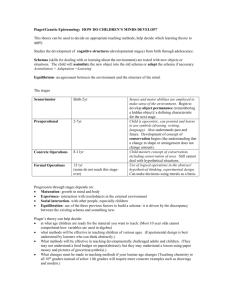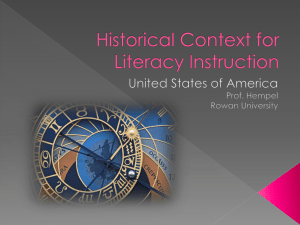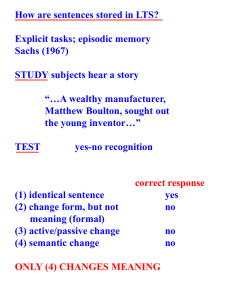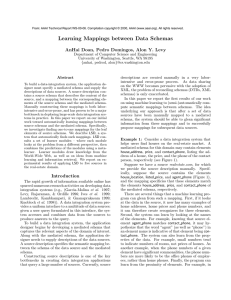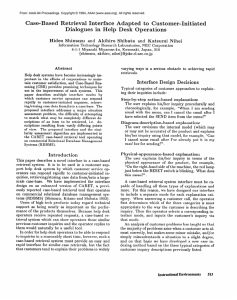Theories of Long Term Storage
advertisement
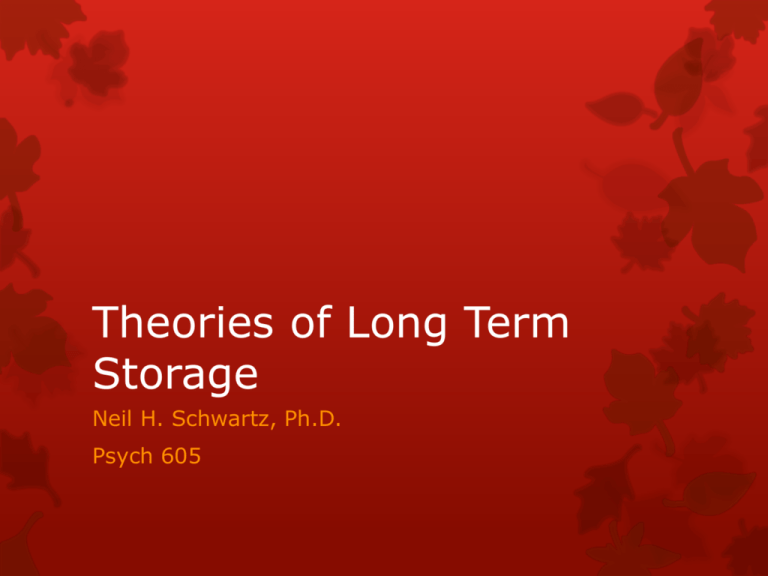
Theories of Long Term Storage Neil H. Schwartz, Ph.D. Psych 605 How is information stored in long-term memory? And, what relevance does storage have on the processes of comprehension --when learners are listening to a lecture, participating in a class discussion, reading a text chapter, or participating in lab? Theories of information storage explain why learners interact the way they do in the presence of new material. Schema are: • Data structures for representing generic concepts. • Made up of images and propositions (ideas). • Hierarchical frameworks of generalised categories of information with variable “slots” containing default values that become “instantiated” with specific instances of things. Schema: • Summarize the redundancy in our experiences. • Represent what is generally true about things. • Allow us to store information efficiently. • Provide contexts for interpretation. • Allow us to comprehend unfamiliar information. • Are generic abstractions about the world. • Are idiosyncratic, experience-based, and personal. Consider a simple word: GROUNDS What schema do you access to interpret it? A beautiful estate Your morning coffee How about the 9th Circuit Court of Appeals? Schema provides learners with context for interpreting new information. Schema also provides learners with the information they will need to make new information comprehensible. Consider a simple paragraph from a college text: “The template is apparently a non-DNA system that directs the molecules in such a way that they conform to a particular pattern. If a mutant type that is curly is dissolved and precipitated again, it will take the pattern of the ‘template’ that provides the information for restoring the structure.” Or, perhaps a simpler text: “If the balloons popped, the sound wouldn’t be able to carry since everything would be too far away from the correct floor. A closed window would also prevent the sound from carrying, since most buildings tend to be well insulated. Since the whole operation depends on a steady flow of electricity, a break in the middle of the wire would also cause problems. Of course, the fellow could shout, but the human voice is not loud enough to carry that far. A string could break on the instrument. Then there could be no accompaniment to the message. It is clear that the best would be less distance. With face to face contact, the least number of things could go wrong.” Perhaps, this graphic helps... Theories of information storage explain why learners interact the way they do in the presence of new material. Dual Coding Theory Images • Are stored as a whole units. • Are accessed synchronously-- all at once. • Take up little room in working memory. • Guide encoding by activating relevant propositions. • Guide retrieval by organizing memory search. Dual Coding Theory Propositions • Are stored as networks. • Are accessed serially or sequentially • Take up huge amounts of working memory • Are difficult to represent w/o practice • Are difficult to access w/o the appropriate retrieval cues.






